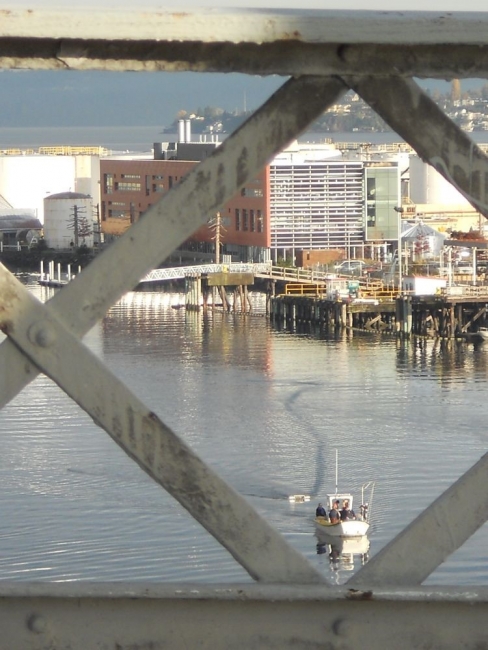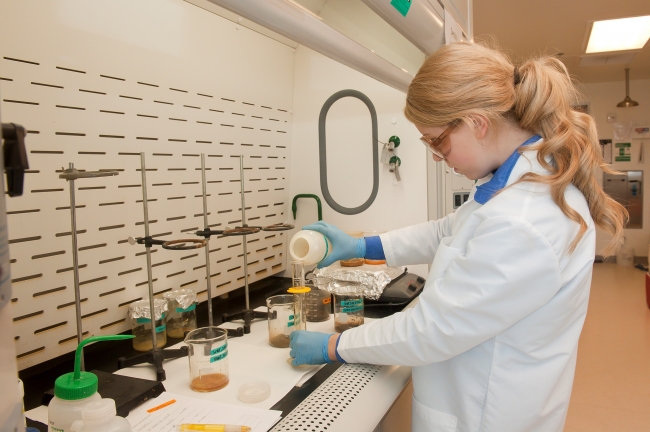By: Amy Uhrin, Chief Scientist with the NOAA Marine Debris Program
Microplastics are a type of plastic marine debris that are less than five millimeters in size. Research on this type of debris has become more widespread, but since there is no single agreed-upon method for separating, counting, and weighing microplastics in water samples, it is difficult to compare results across studies. Common approaches may be used, but most laboratories develop their own procedures based on factors such as budget, equipment availability, labor, and the specific research questions being asked.
Since so many different protocols are being used, the NOAA Marine Debris Program partnered with researchers at the University of Washington Tacoma to compare different methodologies. Six labs from around the globe were chosen for this comparison, each having experience in processing water samples for the purpose of counting microplastic particles. Reference samples were created by first filtering water collected from the Thea Foss Waterway in Tacoma, Washington, and then adding a known number and weight of microplastic pieces to 200mL of the filtered water. The types of plastic pieces added to the sample included fragments from drinking straws, netting, sandwich bags, and other common plastic items. These reference samples were shipped in glass jars to participating laboratories for analysis. The labs were asked to use their own methods to process the sample and report the number of particles counted and the total weight of the particles.
The overall accuracy of the protocol comparison was high. Microplastic weights measured by the participating labs differed by only 1.6% on average from the reference sample. There was also high agreement in the particle counts made by each lab versus the reference samples. Projects such as this that evaluate the comparability among labs are a first step toward the development of standardized microplastic sampling methods for the collection of reliable and comparable data. To our knowledge, this is the first interlaboratory comparison for microplastic sampling methods.


